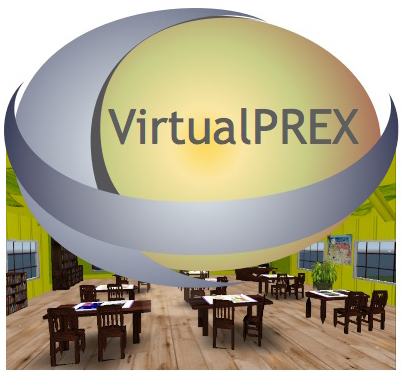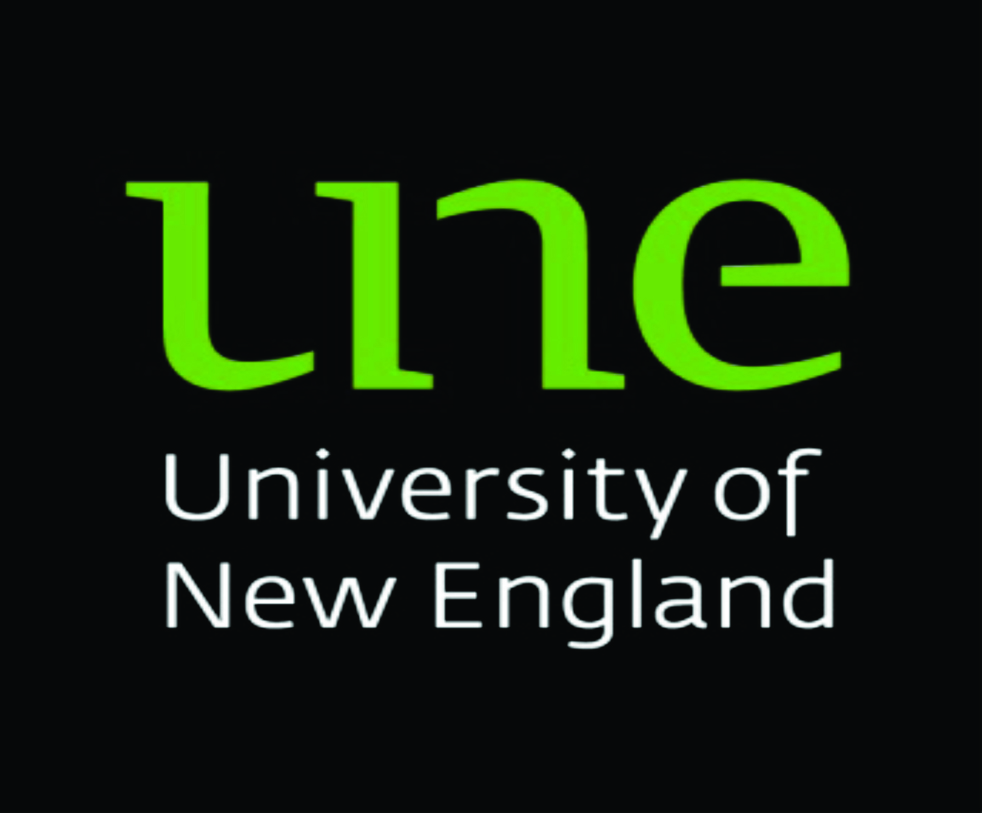
VirtualPREX
Virtual Professional Experience
Innovative assessment using a 3D virtual world with
pre-service teachers
VirtualPrex is a mechanism whereby pre-service teachers can gain skills, confidence and techniques to support their real life professional experience prior to practicum by the use of virtual worlds.
About the Project
Aims
Outcomes
Phases
How to use SL and VirtualPREX tools
VirtualPREX classrooms
VirtualPREX role-plays
Machinima
Assessment
Dissemination
Contacts - Project Team
Sponsored by:
 Support
for this
project has been provided by the Australian Learning and Teaching
Council Ltd, an initiative of the Australian Government Department of
Education, Employment and Workplace Relations.
The views expressed in this website do not necessarily reflect the
views of the Australian Learning and Teaching Council.
Support
for this
project has been provided by the Australian Learning and Teaching
Council Ltd, an initiative of the Australian Government Department of
Education, Employment and Workplace Relations.
The views expressed in this website do not necessarily reflect the
views of the Australian Learning and Teaching Council.
Except where otherwise noted, content on this site is licensed under a Creative Commons Attribution 3.0 Australia Licence.
Introduction The VirtualPREX assessment framework has been guided by Boud’s Assessment 2020 propositions (Boud, 2009) and the Australian Institute for Teaching and School Leadership (AITSL) National Professional Standards for Teachers (http://www.teacherstandards.aitsl.edu.au/Standards). Boud’s Assessment 2020 propositions emphasised that assessment is most effective when it is designed around key principles facilitating active engagement of the student in not only undertaking a meaningful task but also active engagement in understanding standards of achievement with respect to student responses. The AITSL Framework and associated Standards are designed to facilitate high quality teaching through articulating and supporting the development of common standards which outline what teachers should know and be able to do as part of their professional practice. Teacher educators and pre-service teachers use these standards as external points of reference for their learning and assessment activities. VirtualPREX has incorporated the AITSL standards as part of the assessment activities that teacher educators can use when designing assessment tasks using machinima. The four key principles used in the VirtualPREX Framework are: 1. Assessment is used to engage students in learning that is productive The VirtualPREX machinima are designed to focus the attention of the pre-service teacher on key learning outcomes associated with the practical component of their program – being in a classroom with their own students. The machinima direct the pre-service teacher’s attention to what needs to be considered when they are in a classroom with a mixed group of students who may be on task or off task. Analysing and critiquing the machinima enable pre-service teachers to reflect on their approaches to dealing with diverse learning situations in a real classroom and to assemble a set of responses to different scenarios. Analysing and critiquing the machinima requires a significant engagement from the pre-service teacher and can be seen as an authentic activity as it encourages the construction of usable approaches to classroom management. The machinima can be used effectively for both formative and summative tasks, depending on the activity set by the teacher educator. 2. Feedback is used to actively improve student learning The use of machinima facilitates the development of effective feedback from both pre-service teachers and teacher educators. For institutions that wish to generate machinima themselves, pre-service teachers can view machinima from other pre-service teachers and provide feedback, or teacher educators can view machinima prepared by pre-service teachers and provide feedback on that. For institutions that do not wish to generate their own machinima but use those produced by VirtualPREX or others, feedback can be provided on the analysis and critiquing activities. These can be undertaken as individual or group activities. The use of machinima allows significant flexibility in designing many feedback opportunities. Once feedback has been provided, pre-service teachers can use that feedback in the next activity they undertake. This can be creating a new machinima for those institutions making their own machinima or in a subsequent analysis and critiquing of a pre-existing machinima. Pre-service teachers can then update their planned approaches to classroom activities when they enter a real classroom and provide their own reflective description of the efficacy of the virtual activity and resultant feedback in assisting them to formulate strategies for effective classroom management. 3. Students and teachers become responsible partners in learning and assessment The use of machinima allows teacher educators to actively engage pre-service teachers in developing students’ critical thinking abilities, including self-critique and reflective judgement. By observing the machinima in a safe environment pre-service teachers are enhancing their ability to make informed judgements about what they have observed. By coupling the analysis and critiquing of machinima with group reflection and discussion the teacher educator will be able to promote pre-service teacher confidence and competence in understanding standards and expectations of real teachers in the classroom. The group discussion provides a good opportunity to reach consensus about what is expected of an effective classroom teacher. 4. Students are inducted into the assessment practices and cultures of higher education Machinima provide a convenient way to induct pre-service teachers into the assessment standards of classroom management. Analysing, critiquing and discussing what is observed in the machinima allow pre-service teachers to test their own understanding and expectations of what it will be like in a real classroom when they are responsible for what happens. For those institutions who wish to make their own machinima, the opportunity for pre-service teachers to develop their ICT skills is also possible. The National Professional Standards for Teachers The National Professional Standards for Teachers comprise seven Standards which outline what teachers should know and be able to do (http://www.teacherstandards.aitsl.edu.au/Standards). The Standards are grouped into three domains of teaching: Professional Knowledge, Professional Practice and Professional Engagement. The relationship between the standards and how the use of machinima might facilitate the attainment of the standard is outlined in Table 1. Table 1: AITSL Standards mapped against use of machinima for learning and assessment
|




